Partnership Letter Template for Successful Business Agreements
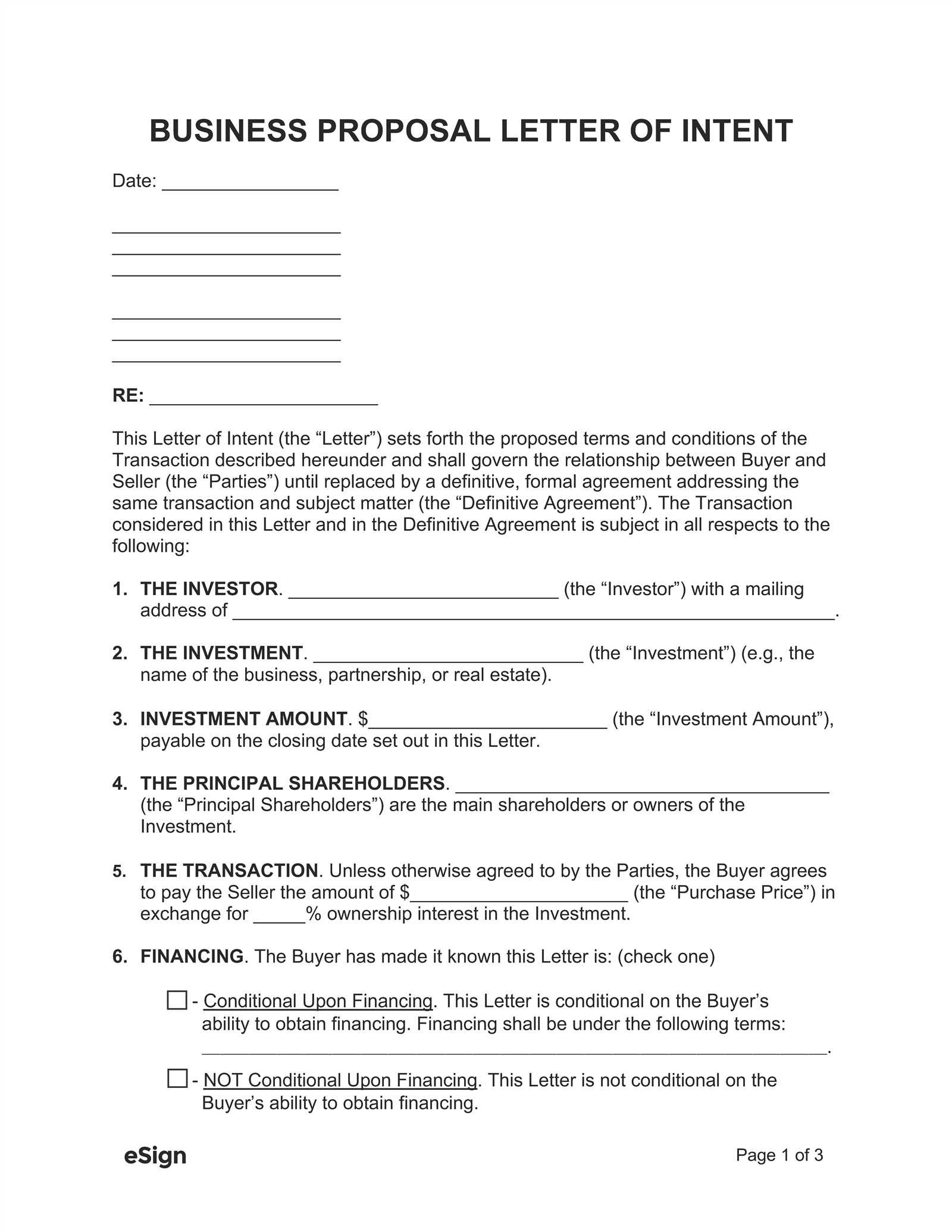
When entering into a formal business relationship, clear and professional communication is essential to ensure mutual understanding. A well-structured document can serve as the foundation for a successful collaboration, providing both parties with the necessary details and expectations. Having a reliable format for these communications can save time and reduce the risk of misunderstandings.
Whether you’re looking to establish a new venture or formalize a joint project, organizing the key elements into a concise, readable format is crucial. A good agreement outlines responsibilities, terms, and any other specifics related to the collaboration, making the process smoother and more transparent.
Utilizing a predefined structure for this type of correspondence ensures that all critical points are covered. It provides consistency across documents, making it easier to adapt for different situations while maintaining a professional tone throughout.
Why Clear Agreements Matter
When starting a business collaboration, clarity is crucial to avoid misunderstandings and ensure both parties are aligned on expectations. A well-drafted document sets the stage for a successful partnership by outlining key terms, roles, and responsibilities. It helps in reducing the risks associated with uncertainty and builds trust between participants.
Such an agreement serves as a reference point in case of any disputes or confusion. It’s a tool that provides both legal protection and a roadmap for smooth operations. Whether it’s for a long-term venture or a short-term project, having a clear, mutual understanding in writing ensures that both sides are committed to achieving the same goals.
Key Benefits of a Well-Structured Agreement
| Benefit | Description |
|---|---|
| Clarity | Ensures both parties understand their roles and expectations from the start. |
| Legal Protection | Provides a legal foundation should any issues arise during the collaboration. |
| Dispute Prevention | Minimizes potential conflicts by clearly outlining agreed terms. |
| Professionalism | Demonstrates commitment and organization, fostering trust between the parties. |
By establishing clear expectations and agreements upfront, both businesses ensure a smoother and more productive collaboration. A solidly written document is an investment in a successful and mutually beneficial relationship.
Key Elements to Include in Your Document
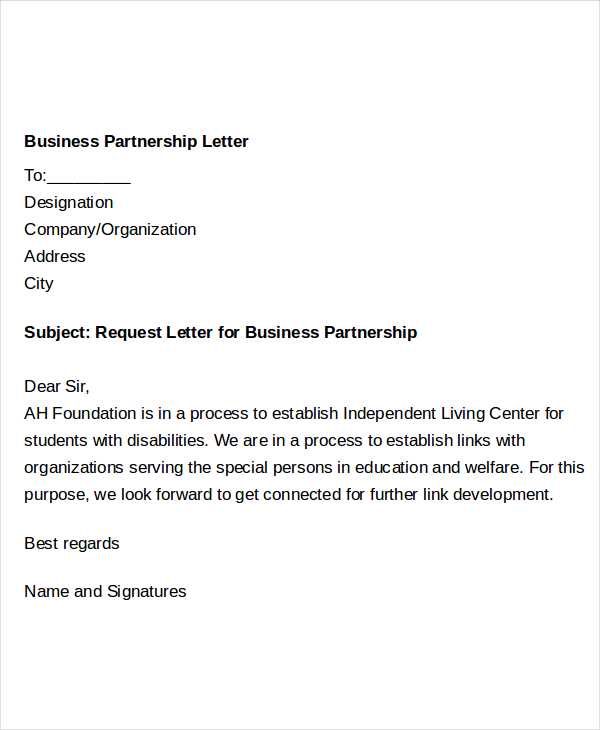
When drafting a formal agreement for a business arrangement, it’s essential to include certain key components that outline the specifics of the collaboration. These elements help ensure that both parties are on the same page and can refer to the document if any misunderstandings arise. A well-organized document provides clarity and protection for all involved.
The first critical element is the identification of the parties. Clearly state the names and contact information of all individuals or organizations involved. This section ensures that everyone knows exactly who is participating in the arrangement.
Next, it’s important to define the scope of the agreement. This section should outline the purpose and objectives of the collaboration, including any specific tasks, goals, or deliverables. Be as detailed as possible to prevent confusion later on.
Terms and conditions are another vital part of the document. This includes the duration of the arrangement, payment schedules (if applicable), and any deadlines. This section should also address any specific conditions that need to be met by either party.
Additionally, a good agreement will include a dispute resolution process. In case disagreements arise, having a pre-agreed method for resolution–whether through mediation, arbitration, or legal action–can help prevent lengthy and costly conflicts.
Finally, ensure that your document contains a section for signatures and dates. This provides legal validation and confirms that both parties have read, understood, and agreed to the terms outlined in the document.
How to Structure a Business Letter
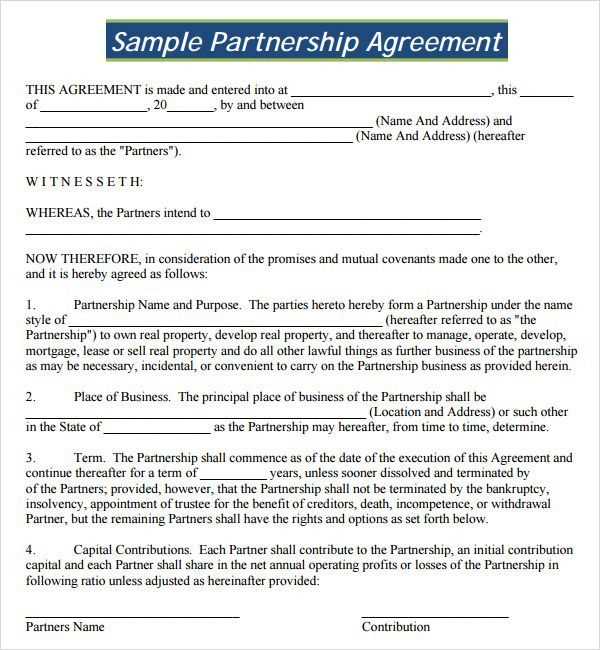
When crafting a formal document for a professional arrangement, proper structure is crucial to ensure clarity and effectiveness. A well-organized communication allows both parties to quickly understand the purpose, terms, and expectations, while also maintaining a professional tone throughout. Following a consistent format ensures that all necessary elements are addressed and the message is conveyed clearly.
Start with a Proper Heading
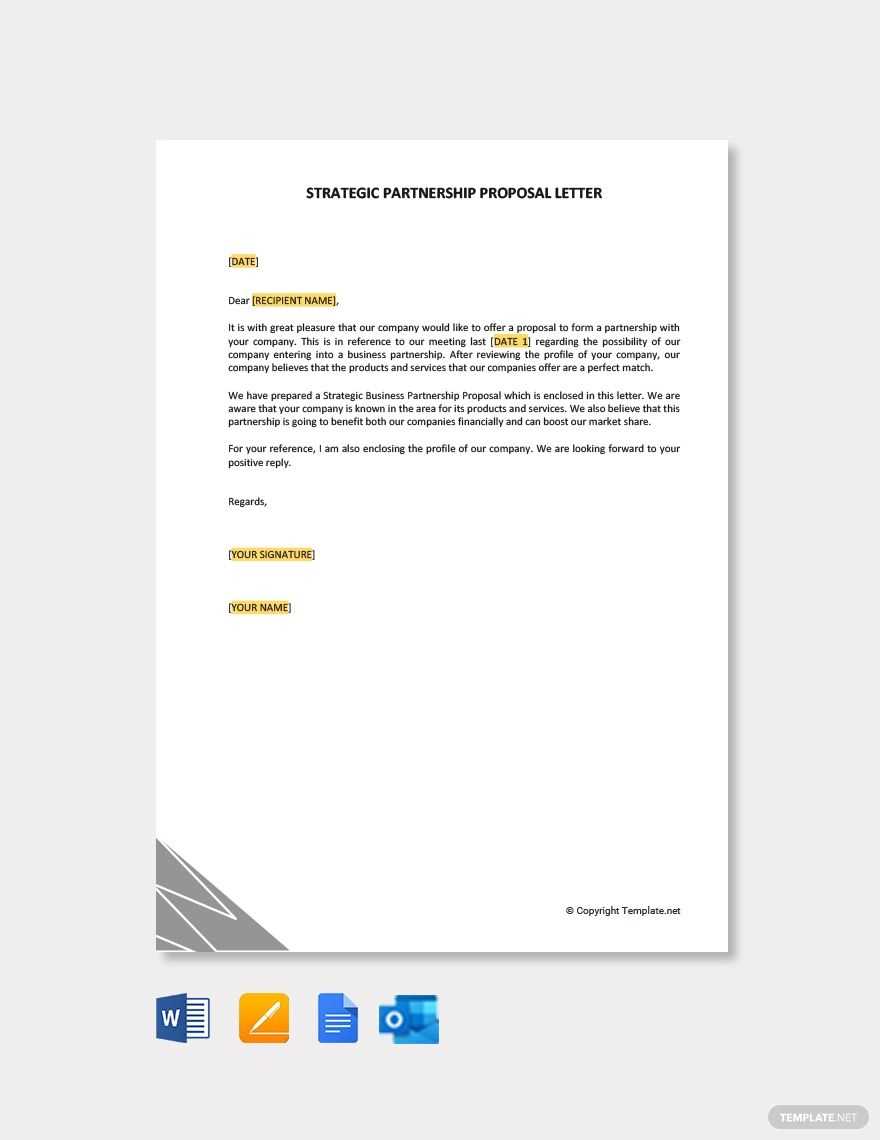
The first part of any formal communication is the heading. This typically includes your contact information, the recipient’s details, and the date. It’s important to align this information in a clear, easy-to-read manner to establish professionalism from the very start. Including the subject line directly beneath the heading is also essential to give the reader an immediate understanding of the document’s purpose.
Body and Conclusion
Once the heading is complete, the body of the document should begin with a greeting or salutation. Address the recipient in a respectful and appropriate manner, using their title if necessary. The body itself should then be divided into clear paragraphs, each focusing on a specific point or issue. Be concise and direct in presenting the relevant information, avoiding unnecessary details.
Finally, the conclusion should summarize the main points and include a call to action or request, if applicable. Close the document with a formal sign-off, such as “Sincerely” or “Best regards,” followed by your name and position. Including a space for a signature at the end helps to formalize the document.
Common Mistakes to Avoid in Agreements
Creating a formal agreement involves careful attention to detail. While it may seem straightforward, there are several common mistakes that can lead to confusion, misunderstandings, or even legal disputes. Recognizing and avoiding these errors ensures that both parties are protected and that the collaboration proceeds smoothly.
One frequent mistake is vague language. When terms or responsibilities are not clearly defined, it leaves room for interpretation, which can lead to disagreements down the line. Always be specific about what is expected from each party, including deadlines, payment terms, and any conditions for performance.
Another common error is missing key details. Essential elements such as the duration of the arrangement, compensation, or how disputes will be handled should never be left out. Failing to include these points can create confusion and make the agreement unenforceable in certain situations.
Finally, not reviewing the document thoroughly before signing is a critical mistake. It’s important to carefully read and verify all terms to ensure they are correct and reflect the intentions of both parties. Overlooking small details can lead to costly consequences later on.
Benefits of Using a Template for Deals
Using a predefined structure for formal agreements offers several advantages. It ensures consistency, saves time, and reduces the chances of overlooking important details. By relying on a well-organized format, businesses can streamline the process of drafting key documents, allowing them to focus more on the content of the agreement rather than its structure.
- Time Efficiency: A predefined structure speeds up the creation of documents, enabling faster responses and smoother negotiations.
- Consistency: Using a standard format ensures that all essential components are always included, providing a uniform approach across various agreements.
- Clarity: With a clear structure, both parties can easily follow the terms, making it simpler to understand and review the document.
- Risk Reduction: Pre-established formats help reduce the risk of omitting critical information, minimizing potential disputes.
- Professionalism: A well-organized document presents a more professional image to clients and partners, reinforcing trust and credibility.
By leveraging a structured approach, businesses can ensure their agreements are clear, comprehensive, and legally sound, which helps build stronger, more reliable relationships with stakeholders.
Customizing Your Document for Specific Agreements
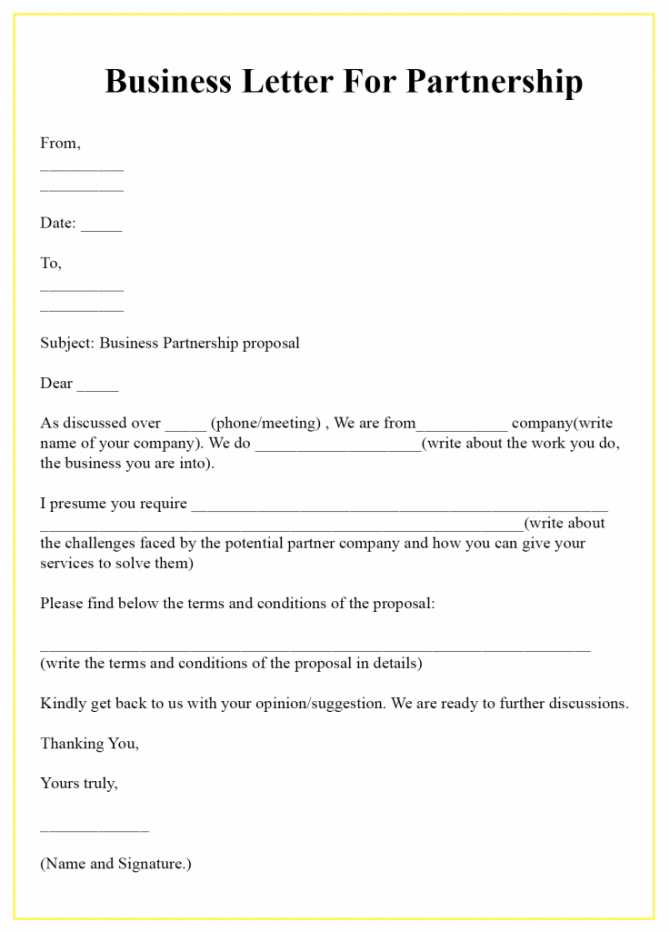
When drafting a formal agreement, it’s crucial to tailor the content to the unique aspects of each arrangement. Customizing the document ensures that the terms accurately reflect the nature of the collaboration and meet the specific needs of both parties. A one-size-fits-all approach often leads to missing or irrelevant information, which can cause confusion or disputes later on.
Adjusting for Specific Terms and Conditions
Each deal has its own set of circumstances that may require special attention. Whether it’s the scope of work, payment structure, or timelines, modifying the content to align with the specific terms is essential. Clear customization ensures that both parties understand their roles and obligations in relation to the deal at hand.
Incorporating Relevant Legal or Industry Requirements
Certain agreements may need to include additional clauses based on legal regulations or industry standards. For example, if the arrangement involves intellectual property, confidentiality, or non-compete terms, these need to be explicitly addressed. Customizing your document ensures that all necessary provisions are included, protecting both parties and minimizing legal risks.
By adjusting the structure and content to fit the unique aspects of each situation, you create a more effective and reliable document that accurately represents the agreement between the involved parties.
Tips for Maintaining Professionalism in Correspondence
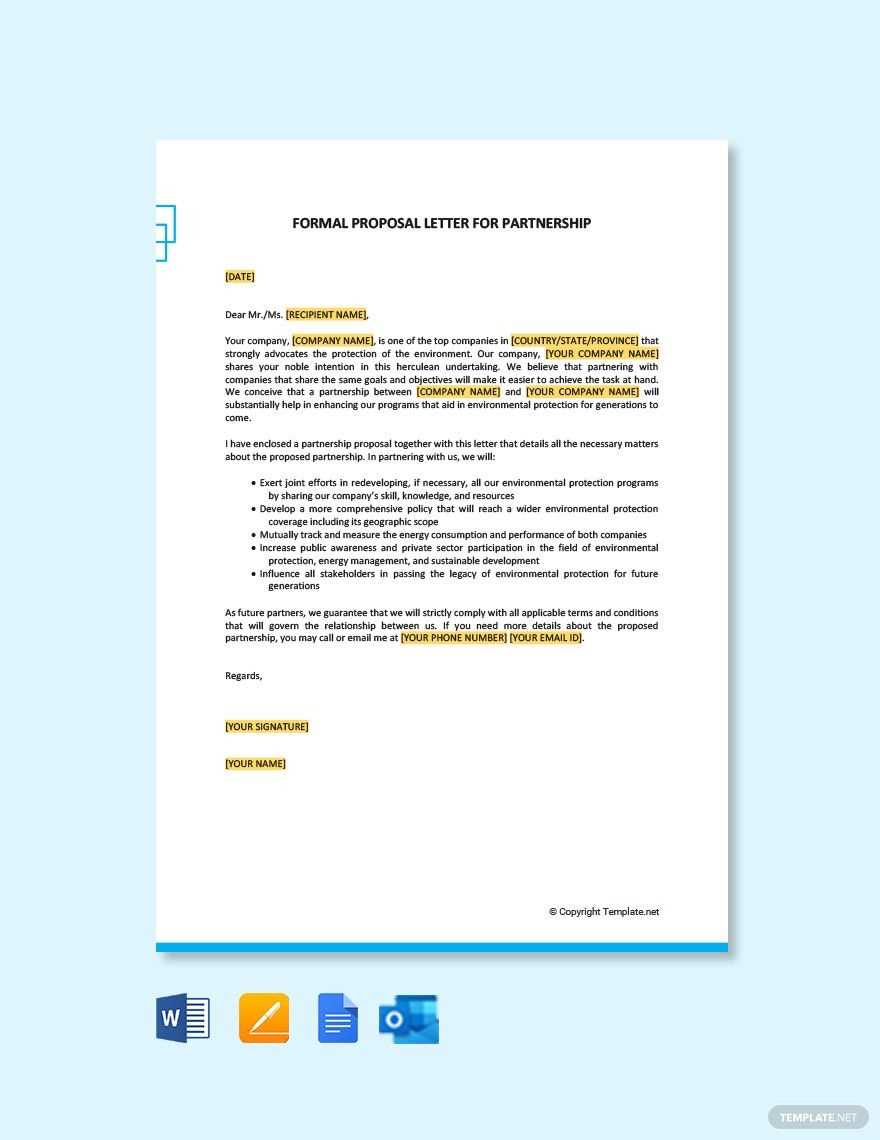
Maintaining a professional tone in any formal document is essential for creating a positive impression and ensuring clear communication. Regardless of the purpose, how you present your message reflects your business’s values and credibility. By following certain best practices, you can ensure your communications remain respectful, effective, and appropriate for any situation.
Be Clear and Concise: Avoid unnecessary jargon and overly complex sentences. Clearly convey your points while keeping the content to the necessary information. This helps prevent misunderstandings and makes it easier for the recipient to act on the information provided.
Maintain a Polite Tone: Regardless of the nature of the communication, always remain courteous. Use polite phrases and respectful language, which shows professionalism and fosters positive relationships.
Ensure Proper Formatting: The layout and structure of your document should be neat and organized. Proper headings, bullet points, and paragraph breaks improve readability and make it easier for the recipient to follow your message.
Proofread for Errors: Before sending any formal communication, always proofread for grammar, spelling, and punctuation errors. A well-written document without mistakes enhances your professional image and avoids potential confusion.
By focusing on clarity, tone, and presentation, you can maintain a high standard of professionalism in your written communications, ensuring that your messages are well-received and taken seriously.